The world of technology is constantly evolving, and cloud computing is no exception. It is a revolutionary technology that has changed the way we store, manage, and access data. It has become an essential component of many businesses, and it can be used for an array of tasks.
Cloud computing is transforming the way we work and how we live. It has made working from home a possibility and even a viable option for many businesses, allowing employees to be more productive, and efficient and to put in longer hours.
The BYOD (Bring Your Own Device) trend has been accelerated by the Cloud, allowing employees to easily access corporate data and applications via their personal devices without compromising the security of the on-site infrastructure.
IT forecasting is becoming less risky thanks to cloud computing, as it is easier and cheaper to increase cloud storage space as opposed to expanding physical, on-site servers. Furthermore, IT departments are being scaled down as cloud vendors take care of most of the technical support.
Big companies, like Toyota, are taking advantage of the Cloud by migrating their entire organization to a cloud platform, enabling them to make meaningful changes such as semi-autonomous vehicles and cars that can alert authorities if a driver’s health condition is unsafe.
According to McKinsey, by 2024, most businesses will allocate 80% of their IT hosting budget to cloud services, such as private cloud, Software-as-a-Service (SaaS), Infrastructure-as-a-Service (IaaS), and Platform-as-a-Service (PaaS).
But what exactly is cloud computing and how can it benefit you? In this blog article, we’ll unlock the mystery of it and go over its history, types, working principles, advantages, disadvantages, and more. So, let’s get started!
What is Cloud Computing?
Cloud computing is a technology that enables the storage, management, and access of data and applications over the internet. It allows users to access data from any device with an internet connection, regardless of where it is stored.
This means that users don’t need to install any hardware or software in order to access the data or applications. Instead, they can simply access the cloud from any device with an internet connection.
The concept of cloud computing has been around since the 1960s, but it has only become popular in recent years. In the early days, it was used mainly by large corporations and government agencies, but now it is used by businesses of all sizes, from small startups to large enterprises.
It has become an essential part of many businesses, and it can be used for a variety of tasks, from web hosting to data storage.
How does cloud computing actually work?
Cloud computing works by storing data in remote servers connected through the Internet. This allows users to access and download data on any device, such as a laptop, tablet, or mobile phone.
It also enables users to use files and applications over the Internet, providing many benefits such as cost savings, scalability, and flexibility.
Additionally, this technology allows people to use digital resources stored in virtual space by way of networks, such as satellite networks.
History of Cloud Computing
The concept of cloud computing dates back to the 1960s when computers were huge and expensive. At the time, companies had to purchase their own computers and manage their own data.
This was a costly and time-consuming process, and it limited the growth of many businesses.
In the late 1990s, the internet began to gain traction, and this gave rise to cloud computing. Companies began to realize that they could store and manage their data remotely, instead of having to purchase their own computers.
This allowed them to access their data from anywhere, and it drastically reduced the cost of data storage and management.
Since then, this technology has grown exponentially. It has become an essential component of many businesses, and it is used for a variety of tasks, from web hosting to data storage. As technology continues to evolve, so does cloud computing.
Companies are now able to access more data and applications than ever before, and this has opened up a world of possibilities.
Which big companies are providing Cloud Computing Services?
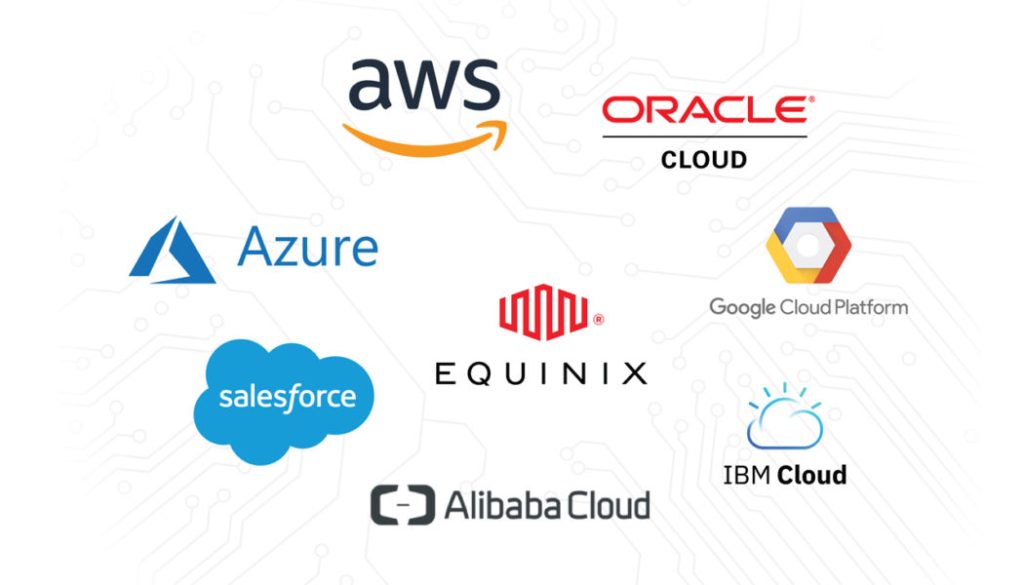
Major companies providing this services include Amazon Web Services (AWS), Microsoft Azure, Google Cloud Platform, IBM Cloud, Oracle Cloud, Alibaba Cloud, Salesforce, and Rackspace.
What are the different types of cloud computing services?
There are three main types of cloud computing services: Infrastructure-as-a-Service (IaaS), Platform-as-a-Service (PaaS), and Software-as-a-Service (SaaS). Each type provides different benefits and can be used for different tasks.
What is the cost of cloud computing services?
The cost of cloud computing services depends on usage and the type of services needed. Generally speaking, cloud providers like Amazon, Microsoft, IBM, and Google offer “pay-as-you-go” access to virtual machines, with computing and bandwidth typically consuming the largest portion of your total subscription. Other costs such as storage, support, over-provisioning, under-provisioning, fire and forget, bad storage choices, non-cloud services, and exit fees can also add up quickly.
Infrastructure-as-a-service (IaaS)
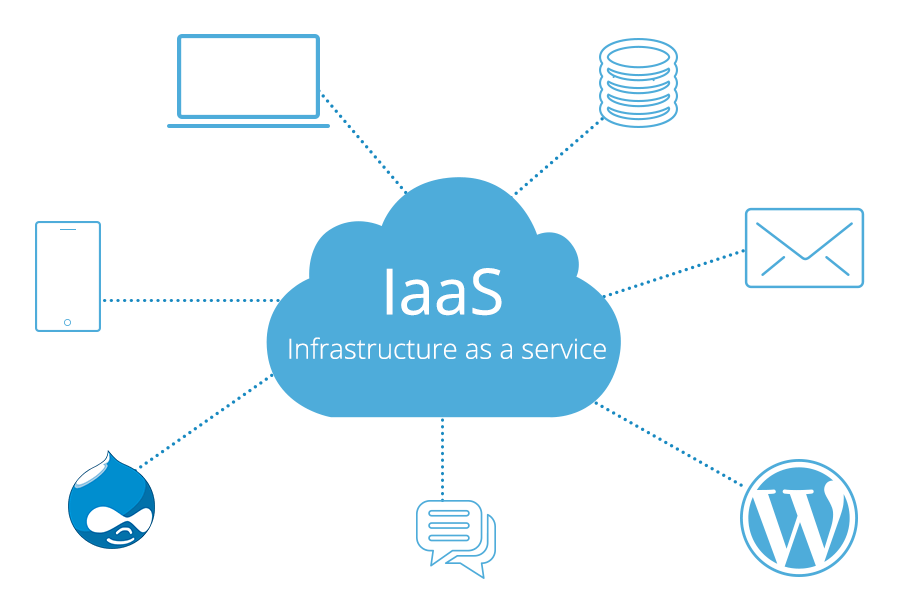
IaaS is a cloud computing service that provides users access to virtual machines and other computing resources. It allows users to access the hardware and software they need without having to purchase and maintain their own servers.
Each resource of IaaS is available as an individual service component. It gives users the freedom to choose the only service relevant to their needs.
The provider allows the users to run any OS of their choice.
This makes it ideal for businesses that don’t have the resources to purchase and maintain their own servers.
Examples of IaaS providers
Popular IaaS providers include Amazon Web Services (AWS), DigitalOcean, Linode, Rackspace, Alibaba Cloud, Cisco Metapod, Microsoft Azure, Google Compute Engine (GCE), Vultr, Oracle Cloud Infrastructure, etc.
Platform-as-a-service (PaaS)
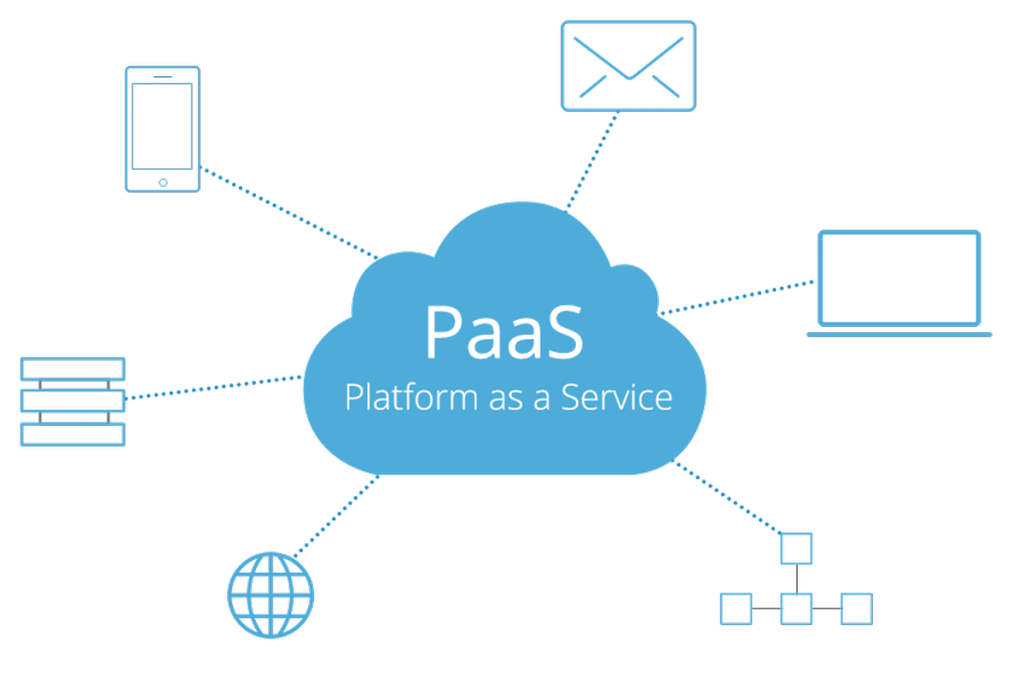
PaaS is a cloud computing service that provides users with access to a platform for building applications. It allows developers to focus on creating applications without having to worry about setting up and maintaining the underlying infrastructure.
This makes it ideal for businesses that don’t have the resources to purchase and maintain their own infrastructure.
Examples of PaaS providers
AWS Elastic Beanstalk, Windows Azure, Heroku, Force.com, Google App Engine, Apache Stratos, OpenShift, etc. are a few examples of PaaS providers.
Software-as-a-service (SaaS)
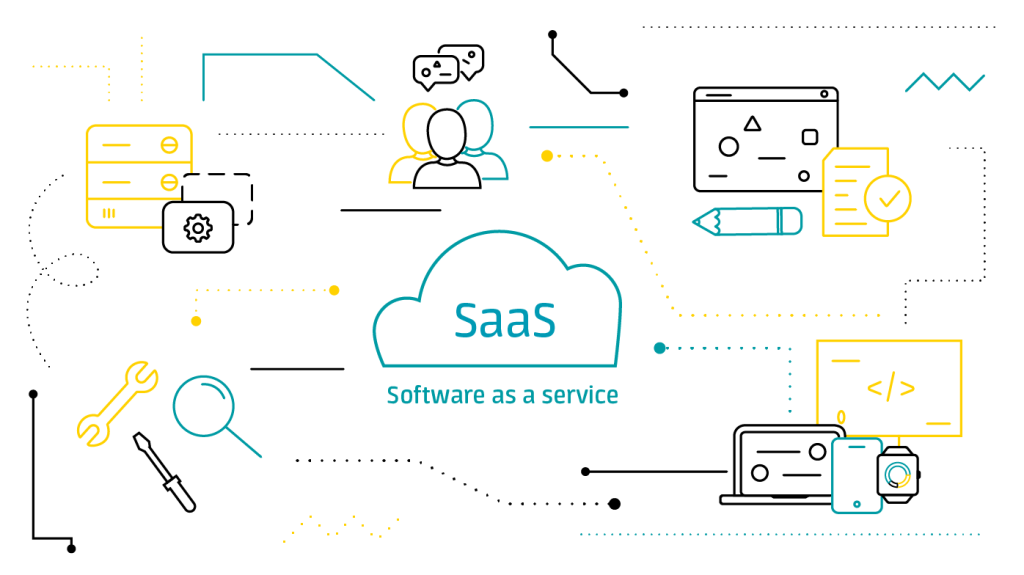
SaaS is a cloud computing service that provides users with access to applications. This makes it ideal for businesses that don’t have the resources to purchase and maintain their own software. It allows users to access the applications they need without having to install them on their own computers.
Examples of SaaS providers
Examples of Software-as-a-Service (SaaS) products include Dropbox, Slack, Salesforce, HubSpot, Google G Suite, Apty, DocuSign, Lumen5, Visme, and Bonsai.
Popular examples of SaaS, PaaS, and IaaS
| Platform Type | Common Examples |
|---|---|
| IaaS | Amazon Web Services (AWS), DigitalOcean, Linode, Rackspace, Cisco Metapod, Microsoft Azure, Google Compute Engine (GCE) |
| PaaS | AWS Elastic Beanstalk, Windows Azure, Heroku, Force.com, Google App Engine, Apache Stratos, OpenShift |
| SaaS | Dropbox, Slack, Salesforce, HubSpot, Google G Suite, Apty, DocuSign, Lumen5, Visme, and Bonsai |
How does cloud computing work?
Cloud computing works by allowing users to access data and applications over the internet. This is done through a cloud provider, which is a company that provides the infrastructure, software, and services needed to access the cloud. The cloud provider stores the data and applications on its own servers, and users can access them from any device with an internet connection.
The cloud provider is responsible for maintaining the servers and keeping the data and applications secure. It also provides users with the tools and services needed to access the data and applications. This includes everything from web hosting to data storage.
Advantages of cloud computing
Cloud computing offers a number of advantages over traditional data storage and management methods. Here are some of the most significant benefits:
- Cost savings: It can help businesses save money, as they don’t need to purchase and maintain their own hardware and software.
- Scalability: It allows businesses to scale up or down quickly and easily, depending on their needs.
- Reliability: It is highly reliable, as the data is stored on multiple servers, so if one server fails, the data can still be accessed from another.
- Security: It is secure, as the data is encrypted and stored on the cloud provider’s servers.
- Accessibility: Users can access their data from anywhere, as long as they have an internet connection.
These benefits make it an attractive option for businesses of all sizes.
Disadvantages of cloud computing
While cloud computing offers many benefits, it does have some drawbacks. Here are some of the most significant disadvantages:
- Dependence: Businesses that rely heavily on cloud computing may find themselves in trouble if the cloud provider experiences an outage or shuts down.
- Security: While the data is encrypted and stored on the cloud provider’s servers, there is still a risk of data breaches.
- Cost: It can be expensive, as businesses may have to pay for the cloud provider’s services.
- Performance: It can be slower than traditional data storage and management methods, as the data must be accessed over the internet.
Despite these drawbacks, It still remains a viable option for many businesses.
Examples of Cloud Computing
Cloud computing is used for a variety of tasks, from web hosting to data storage. Here are some of the most common uses:
- Web hosting: It can be used to host websites. This allows businesses to save money, as they don’t need to purchase and maintain their own servers.
- Data storage: It can be used to store large amounts of data. This makes it ideal for businesses that need to store large amounts of data, such as customer records or financial data.
- Software development: It can be used to develop and test software. This allows businesses to save time and money, as they don’t need to purchase and maintain their own software development environment.
- Backup and disaster recovery: It can be used to create backup copies of data and applications. This makes it ideal for businesses that need to protect their data from disasters.
These are just a few of the many uses of this technology.
Is there a security concern with cloud computing?
Yes, there is a security concern with cloud computing. As the data is stored on the cloud provider’s servers, there is a risk of data breaches.
To help protect the data, businesses should use strong encryption and access controls. They should also make sure to monitor their cloud environment for any suspicious activity.
Future of Cloud Computing
It has revolutionized the way we store, manage, and access data. It has become an essential component of many businesses, and it can be used for a variety of tasks. It offers a number of advantages, such as cost savings, scalability, reliability, and security. Despite the potential security concerns, it remains a viable option for many businesses.
As technology continues to evolve, it will become even more powerful and versatile. We are already seeing this in the form of serverless computing, which allows businesses to focus on creating applications without having to worry about setting up and maintaining the underlying infrastructure. This is just the beginning, and we can expect to see even more advancements in the future.
So, if you’re ready to unlock the limitless benefits of cloud computing, now is the perfect time to get started. With the right cloud provider and the right strategies, you can take your business to the next level. So, what are you waiting for? Unlock the mystery of it today!

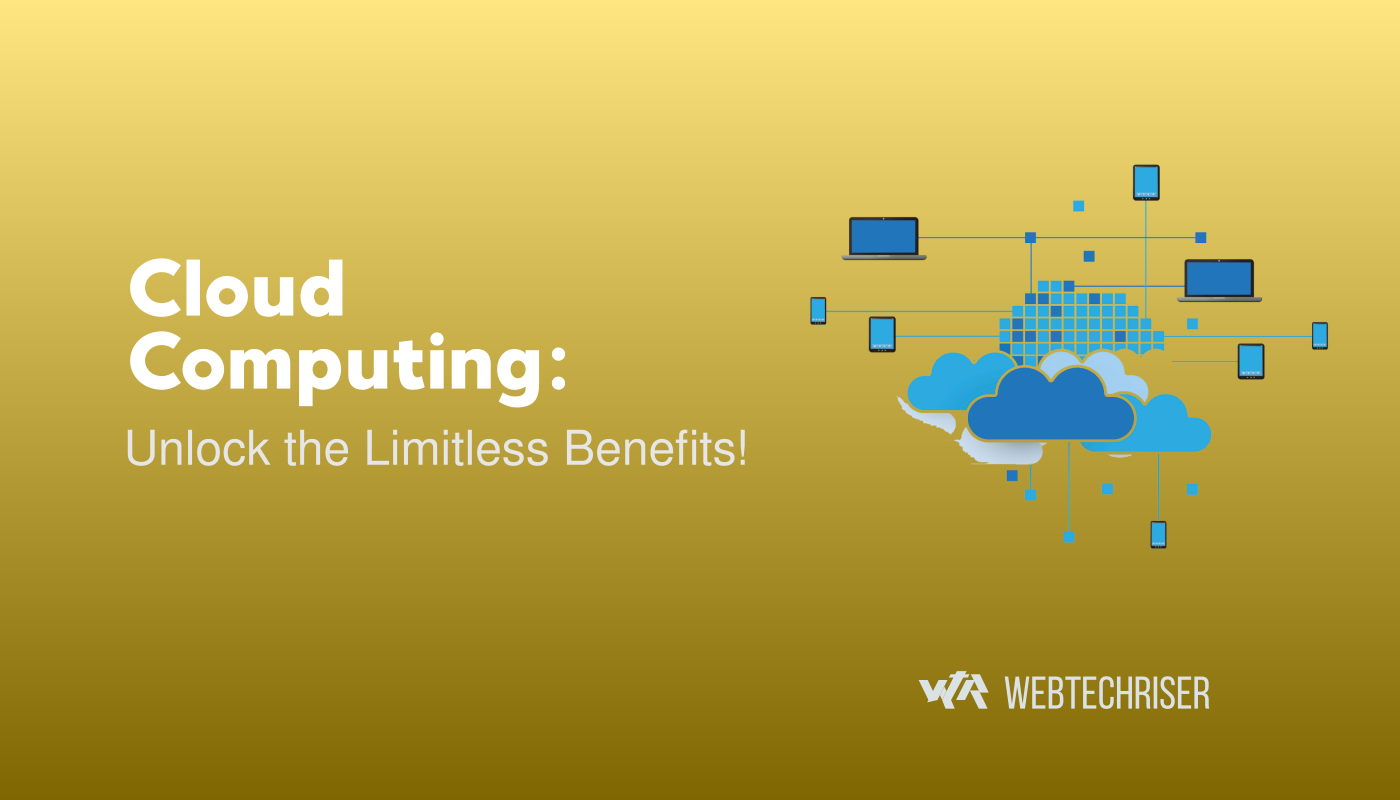
Leave Your Comment